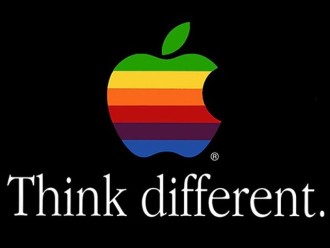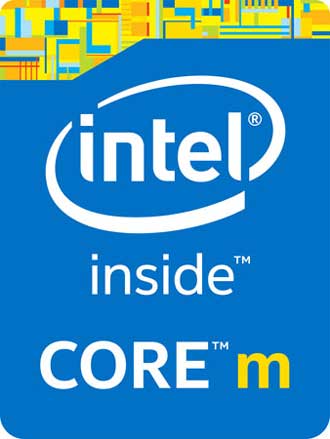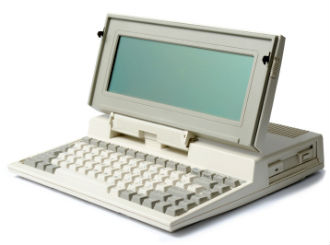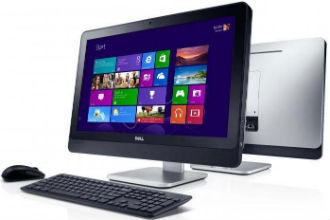 Apple products continue to be made by workers in shocking conditions, despite promises from Jobs’ Mob to the contrary, according to an undercover BBC Panorama investigation.
Apple products continue to be made by workers in shocking conditions, despite promises from Jobs’ Mob to the contrary, according to an undercover BBC Panorama investigation.
Panorama found standards on workers’ hours, ID cards, dormitories, work meetings and juvenile workers were being breached at the Pegatron factories.
Workers were filmed falling asleep on their 12-hour shifts at the Pegatron factories on the outskirts of Shanghai.
One undercover reporter, working in a factory making parts for Apple computers, had to work 18 days in a row despite repeated requests for a day off.
Another reporter, whose longest shift was 16 hours, said: “Every time I got back to the dormitories, I wouldn’t want to move.
“Even if I was hungry I wouldn’t want to get up to eat. I just wanted to lie down and rest. I was unable to sleep at night because of the stress.”
Rather than fessing up, Apple said it strongly disagreed with the programme’s conclusions, although it declined to be interviewed for the programme.
It insisted that no other company wsa doing as much as Apple to ensure fair and safe working conditions.
Apple said it was a very common practice for workers to nap during breaks, but it would investigate any evidence they were falling asleep while working. We guess it will want to make sure that someone comes along to wake them up.
It said it monitored the working hours of more than a million workers and that staff at Pegatron were averaging 55 hours a week.
Apple published a set of standards spelling out how factory workers should be treated. It also moved some of its production work to Pegatron’s factories on the outskirts of Shanghai.
However, Panorama found these standards were routinely breached on the factory floor. Voluntary overtime was not what it said it was and one reporter had to attend unpaid meetings before and after work. Another reporter was housed in a dormitory where 12 workers shared a cramped room.
Apple insists that the dormitory overcrowding has now been resolved and that it requires suppliers to retroactively pay workers if it finds they have not been paid for work meetings.
 It appears that Apple is set to release three more iPhones in the second half of this year.
It appears that Apple is set to release three more iPhones in the second half of this year.










